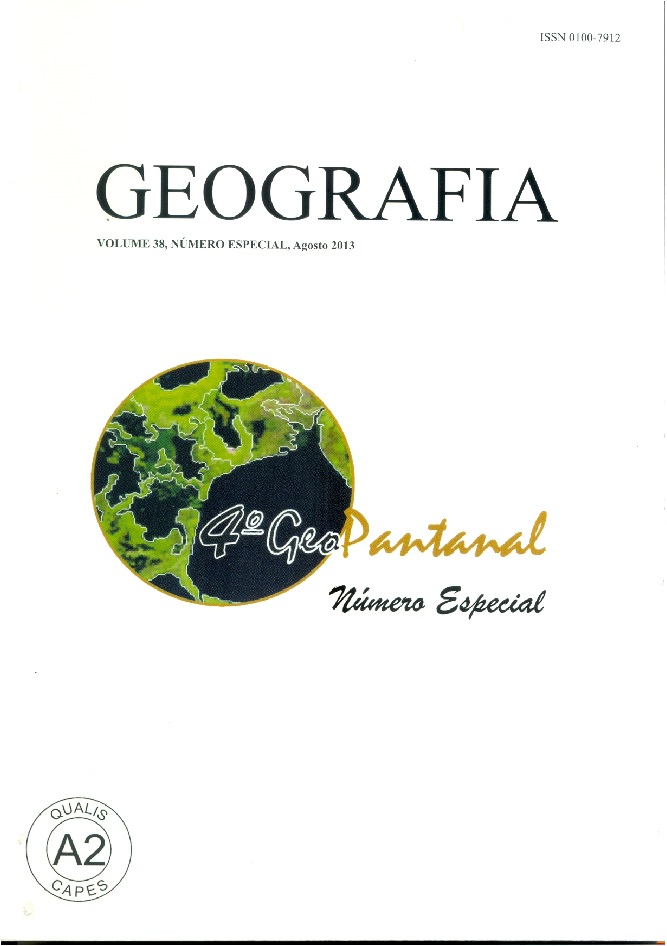THE NEGROS FAN AND ITS PALEOENVIRONMENTAL CHANGES IN THE QUATERNARY, SOUTHEAST EDGE OF PANTANAL MATO-GROSSENSE (BRAZIL)
Resumo
The Negro river megafan is an expressive geomorphological feature in the Southeast edge of the Pantanal (MS) Basin. . It is characterised by depositional systems and sedimentary dynamics of complex evolution reflected in the composition of the vegetation cover. After the formation of the oldest lobe, an avulsion in the main channel took place, which began to flow to the southeast, originating the pre-current lobe at the distal portion of the system (Neo-pleistocene age) and in the Holcene the current lobe was formed. The methodological procedures were based on interpretation of satellite images, topographic maps, SRTM radar images, thematic maps, and field data. The neotectonic features were identified based on drainage and relief anomalies and the depositional system on the old, pre-current and current lobes, which are registered in its surface considering the standard of distributary drainage and indications of avulsion, showing neotectonic events in the Quaternary. The process of fluvial abandonment is registered in the pre-current lobe, by paleodrainage of NE-SW direction and by the vegetation cover along its course, around 50 km. This paleodrainage is marked in the landscape as a large ebb called Santa ClaraDownloads
Publicado
Edição
Seção
Licença
Os autores mantém os direitos autorais e concedem à GEOGRAFIA o direito de primeira publicação, com os artigos simultaneamente licenciados sob a Licença Creative Commons BY 4.0, que permite o compartilhar e adaptar os artigos para qualquer fim, desde que sejam dados os créditos apropriados e as disposições dos direitos de imagem, de privacidade ou direitos morais. Outras atribuições legais podem ser acessadas em: https://creativecommons.org/licenses/by/4.0/legalcode.en.
Geografia, Rio Claro, SP, Brasil - eISSN 1983-8700 está licenciada sob a Licença Creative Commons BY 4.0





